Russia’s economy has been on a surprising upward trajectory, with a noticeable surge in consumer spending despite the challenges posed by ongoing geopolitical tensions and Western sanctions. Between 2021 and 2023, consumption per capita increased by more than 20%, fueled by robust state spending, especially on military activities, and an overheated economy. This surge in spending has been accompanied by inflationary pressures and a significant rate hike by the Russian central bank.
The country’s gross domestic product (GDP) grew by 3.6% last year, showcasing an unexpected resilience in the face of widespread sanctions imposed after Russia’s invasion of Ukraine in February 2022. This growth, however, is not without its complications. The unemployment rate reached a record low of 2.6% in April, largely due to a combination of factors including the mobilization of men to the frontlines and an ongoing brain drain from the country. This labor shortage has driven up wages, which in turn has contributed to the high inflation rate, currently running at over 9% annually—well above the central bank’s target of 4%.
In response to these economic conditions, the Russian central bank recently increased its key interest rate from 16% to 18%, a move aimed at curbing inflation and cooling down the overheated economy. Central bank governor Elvira Nabiullina emphasized the urgency of addressing the economic imbalances, noting that GDP growth remained high in the first half of 2024, while inflation continued to accelerate. This, she argued, indicates significant overheating in the economy.
Despite these challenges, consumer spending in Russia has shown remarkable growth, with notable increases in sectors such as tourism, culture, hotels, and personal services. According to analysis by the Financial Times, spending on tourism alone has surged by over 90%, reflecting a broader trend of increased expenditure on leisure and luxury items. This pattern of spending, however, is not uniform across the population. In Moscow, for instance, a resident highlighted the disparity, noting that those in the upper-middle class seem to be enjoying a particularly lavish lifestyle.
Bartosz Sawicki, a market analyst at fintech firm Conotoxia, attributes the boom in consumption to massive budget spending and the resulting labor force shortages, which have put upward pressure on wages. However, he also warns of the potential long-term consequences of this spending spree, highlighting the risk of serious macroeconomic imbalances due to the high level of military spending, which constitutes around 7% of GDP.
Looking ahead, Nabiullina expressed concerns about the sustainability of the current economic growth. She noted that the labor force and production capacity reserves are nearly exhausted, suggesting that economic growth may slow down despite any further attempts to stimulate demand. Such a scenario could lead to stagflation—a situation characterized by stagnant growth and high inflation—which could potentially trigger a deep recession if not managed carefully.
The central bank’s decision to raise interest rates reflects a cautious approach to managing these economic challenges. Nabiullina indicated that the central bank would maintain a high key interest rate for as long as necessary to bring inflation back to its target. The bank is prepared to implement additional rate hikes if needed to mitigate economic risks.
As Russia’s central bank gears up for its next meeting on September 13, the focus will likely remain on finding a delicate balance between sustaining economic growth and controlling inflation. The decisions made in the coming months will be crucial in determining whether the country can navigate its way through the current economic turbulence without tipping into a recession.
In the meantime, the mixed signals from the economy—booming consumer spending on one hand, and looming inflation and potential stagnation on the other—paint a complex picture of a nation grappling with both prosperity and precariousness. As Russians continue to spend freely, the true cost of this economic surge remains to be seen.


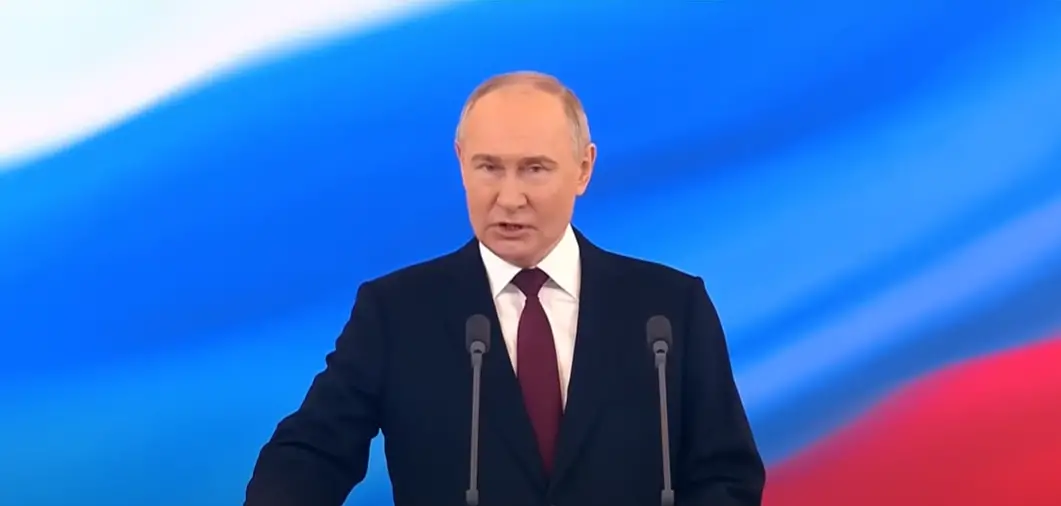

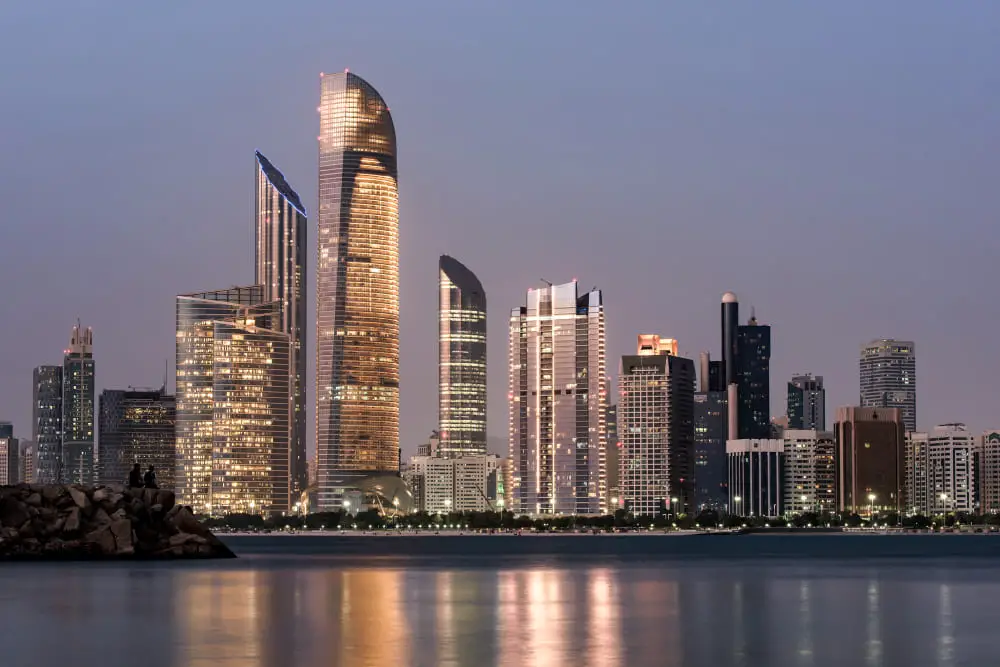
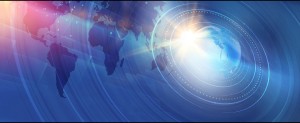
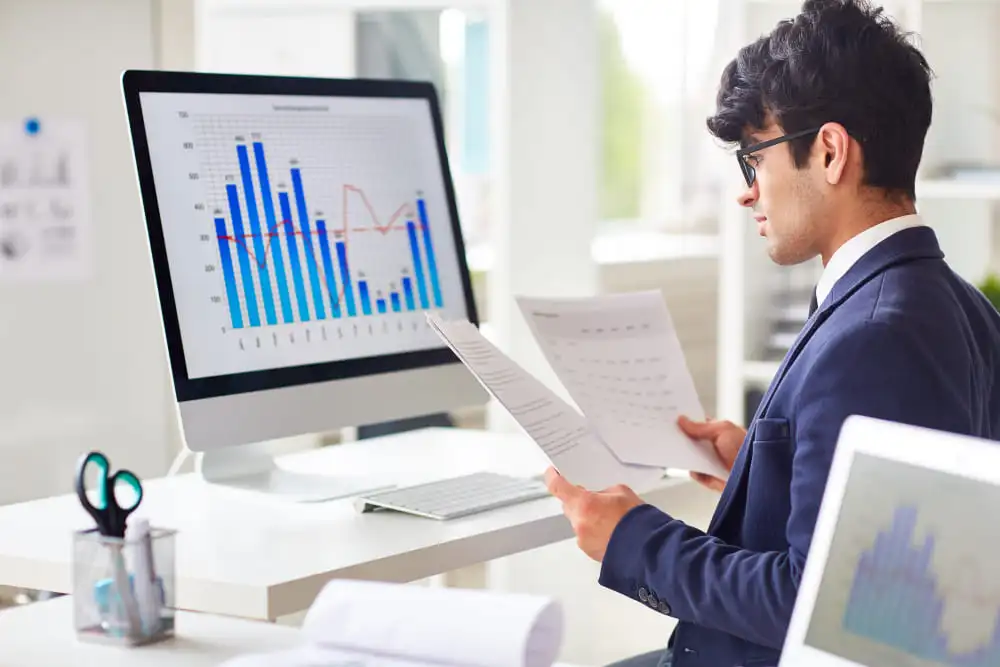
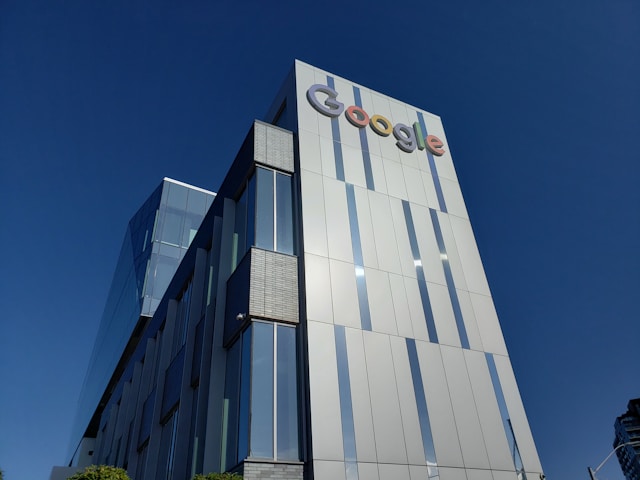
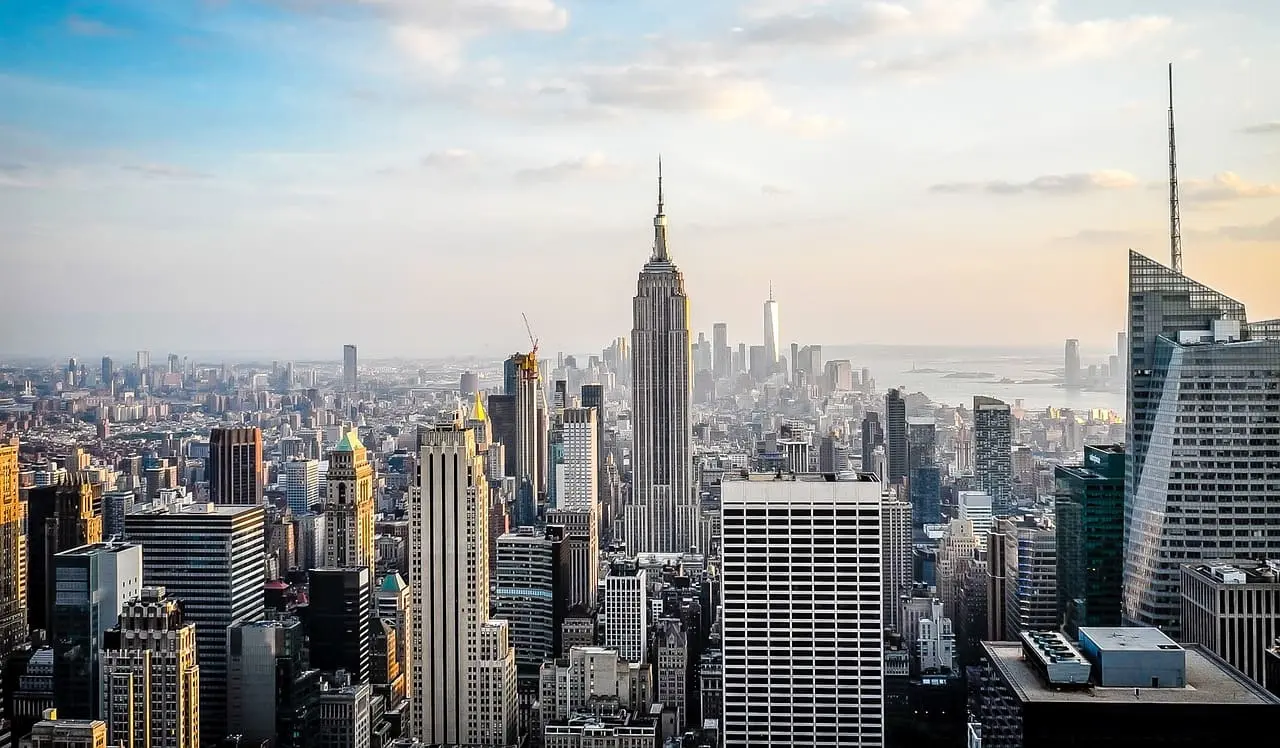

Leave a Reply